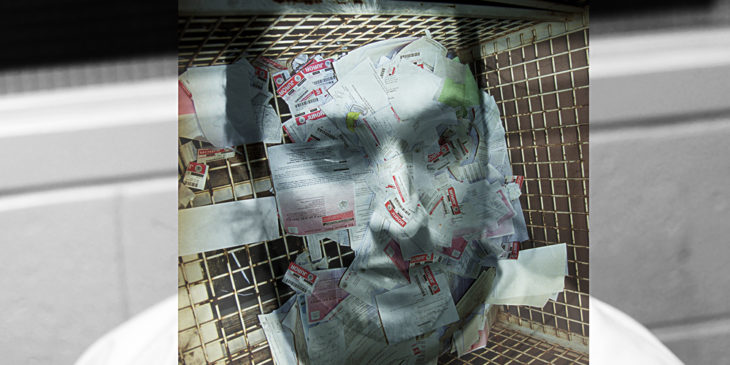“Inside Out”
My late father, Richard V. Cruz (1943-1993), was a legendary Chicano civil rights attorney who championed the Mexican-American community that found few advocates in the justice system. A 1960’s radical, he believed in the reordering of American institutions, especially the system of justice, which he believed to be a chief tool in subjugating the poor. Both my father and mother are documented historical figures of the Chicano/Civil Rights movement. During those times, their passion for justice took the form of radical protest as they strove to change the system from the outside-in.
Ironically, I am now an employee of the same American criminal justice system my father battled during his days as a crusading civil rights attorney. Whereas my parents were driven by the blatant and self-evident injustices of law and its role in creating an unequal society, I am more interested with the emotional, spiritual, and metaphysical battles constantly occurring inside our country’s justice system.
During my high school years in Northeast Los Angeles in the 1980s, my mother gave me a Nikon. The camera helped me create imagery that documented the beginnings of my philosophical and subconscious development as a young Chicano in Los Angeles. Afraid that art would never pay the bills, however, my college and graduate school years found me focused on public service instead of photography.
With a Master’s in Public Policy, I worked in several government environments including administrative departments, political offices, the court system, and now within a prosecutor’s office. As I evolved into a full-time public administrator and as I witnessed the machinations of justice, I decided to pick my camera up again and I earned a Master’s Degree in Fine Art. Ever since then I have been creating imagery that explores the justice institution and its governance over our lives.
Today, as a criminal justice administrator and an artist, I am in constant awe of the daunting nature of this system and how it crushes the spirits of those who are penalized and incarcerated. This underlying force of power is so profound and expansive that it oftentimes forces its employees, like me, to feel as if we too are held inside walls akin to prison. Even though I am free to come and go from these government buildings, the profound absurdity and chaos of this place we call “justice” feels oppressive and confining and reminds me that one does not need to be incarcerated physically to be imprisoned.
But while incarceration envelopes my workplace, so does the presence of humanity and its survival. Over the last nineteen years, as an employee of this system, I have witnessed countless emotionally charged scenes depicting humanity’s struggle inside the institution. I have discovered an intense borderland between soul and system wherein our vital humanness is juxtaposed and challenged to survive against the backdrop of a technocratic and an increasingly un-feeling criminal justice system. Combining the two seemingly disparate fields of art and public administration, I channel the same passion my parents carried for justice, I just do it from a different angle, I do it from the inside-out.

